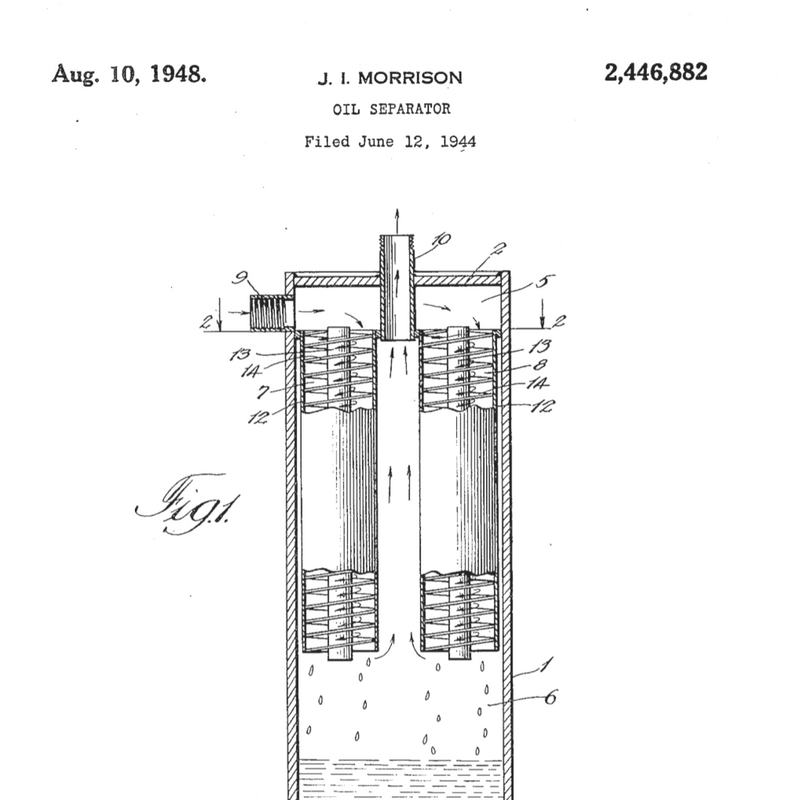Get Tech Tips
Subscribe to free tech tips.
What to Check Before Condemning the TXV

I just noticed this portion of the Carrier air handler sticker for the first time the other day. I'm like most techs; it's easy for us to ignore the great info posted right in front of us on the data tag. That's because so many of the notices contain info we are used to seeing.
I like this list because it is very practical.
- Verify airflow is correct. Easier said than done, but this includes a visual inspection of the air filter, evaporator coil, and blower wheel, checking all of the air handler/furnace/control settings, verifying you are getting the correct calls/signals, and then checking static pressure. Some purists suggest actually “measuring” total system airflow, but this can be very tricky unless you own a TruFlow grid or are very experienced with a hot wire anemometer.
- Check subcooling at the outdoor unit and verify correct charge. You need to have a solid line of liquid delivered to the TXV for it to do its job. Get the charge set first by subcooling before overanalyzing valve operation.
- Confirm TXV bulb is properly attached and insulated. This procedure should be done with a factory brass or copper strap or with a stainless steel strap. In all cases, it should be snug with the entire bulb making good suction line contact. If a bulb is loose or uninsulated, it will generally run lower than design superheat.
- Verify the system is free of contaminants and moisture. This is less something you can “verify” and more something you prevent by purging nitrogen, flowing nitrogen while brazing, and evacuating to below 500 microns with a standing decay test. It is important that you check for temperature drop across any filter/driers or screens BEFORE reaching that “bad TXV” diagnosis.
- Be sure the evaporator and condenser coils are clean. This is just good general advice and something we should be checking along with air filters and blower wheels anyway.
—Bryan










Comments
Bryan,
Bullet point 3 – you state that the Superheat would, in general, be lower than design. Question- if the bulb is loose , not allowing full heat transfer to the refrigerant inside, wouldn’t it cause the TXV to starve the evaporator? And, wouldn’t this condition cause the Superheat to be too high at the evaporator outlet? My thinking is that the refrigerant will phase change from saturated to fully vapor too soon and start to Superheat before it should. Am I thinking backwards about this? Thanks.
Bryan,
Bullet point 3 – you state that the Superheat would, in general, be lower than design. Question- if the bulb is loose , not allowing full heat transfer to the refrigerant inside, wouldn’t it cause the TXV to starve the evaporator? And, wouldn’t this condition cause the Superheat to be too high at the evaporator outlet? My thinking is that the refrigerant will phase change from saturated to fully vapor too soon and start to Superheat before it should. Am I thinking backwards about this? Thanks.
Wingman,the thermostatic bulb is the opening force of the expansion valve.The warmer it gets the more the refrigerant in bulb puts force on the power head driving it open.The more it opens the more refrigerant will pass through the coil and will most likely leave evaporator either in a saturated state or liquid and will measure as low superheat
Wingman,the thermostatic bulb is the opening force of the expansion valve.The warmer it gets the more the refrigerant in bulb puts force on the power head driving it open.The more it opens the more refrigerant will pass through the coil and will most likely leave evaporator either in a saturated state or liquid and will measure as low superheat
Hi, wingman64. I don’t know if anybody else has responded, and I certainly don’t have the experience that a lot of others have, but here’s my thinking. If the sensing bulb is not making good contact with the suction line, the bulb will be warmer than it would be if there was a good thermal connection, in effect making the superheat appear higher than it actually is. So, it would think (can a TXV think?) the evaporator was starved and allow more refrigerant to enter the evaporator, resulting in lower-than-design superheat. I hope that helps.
Hi, wingman64. I don’t know if anybody else has responded, and I certainly don’t have the experience that a lot of others have, but here’s my thinking. If the sensing bulb is not making good contact with the suction line, the bulb will be warmer than it would be if there was a good thermal connection, in effect making the superheat appear higher than it actually is. So, it would think (can a TXV think?) the evaporator was starved and allow more refrigerant to enter the evaporator, resulting in lower-than-design superheat. I hope that helps.
Hi, if a 4 ton unit is 6lbs low on charge (410a), can a bad TXV be diagnosed? Or does the charge need to be corrected first? Thanks!
Hi, if a 4 ton unit is 6lbs low on charge (410a), can a bad TXV be diagnosed? Or does the charge need to be corrected first? Thanks!
Charge needs to be corrected. You have to have full liquid on the inlet side of the TXV. Also a rule of thumb is at minimum 100 psi difference between high and low pressures. If a system is low 6 lbs it is likely at least one of these conditions is not met.
Charge needs to be corrected. You have to have full liquid on the inlet side of the TXV. Also a rule of thumb is at minimum 100 psi difference between high and low pressures. If a system is low 6 lbs it is likely at least one of these conditions is not met.
To leave a comment, you need to log in.
Log In